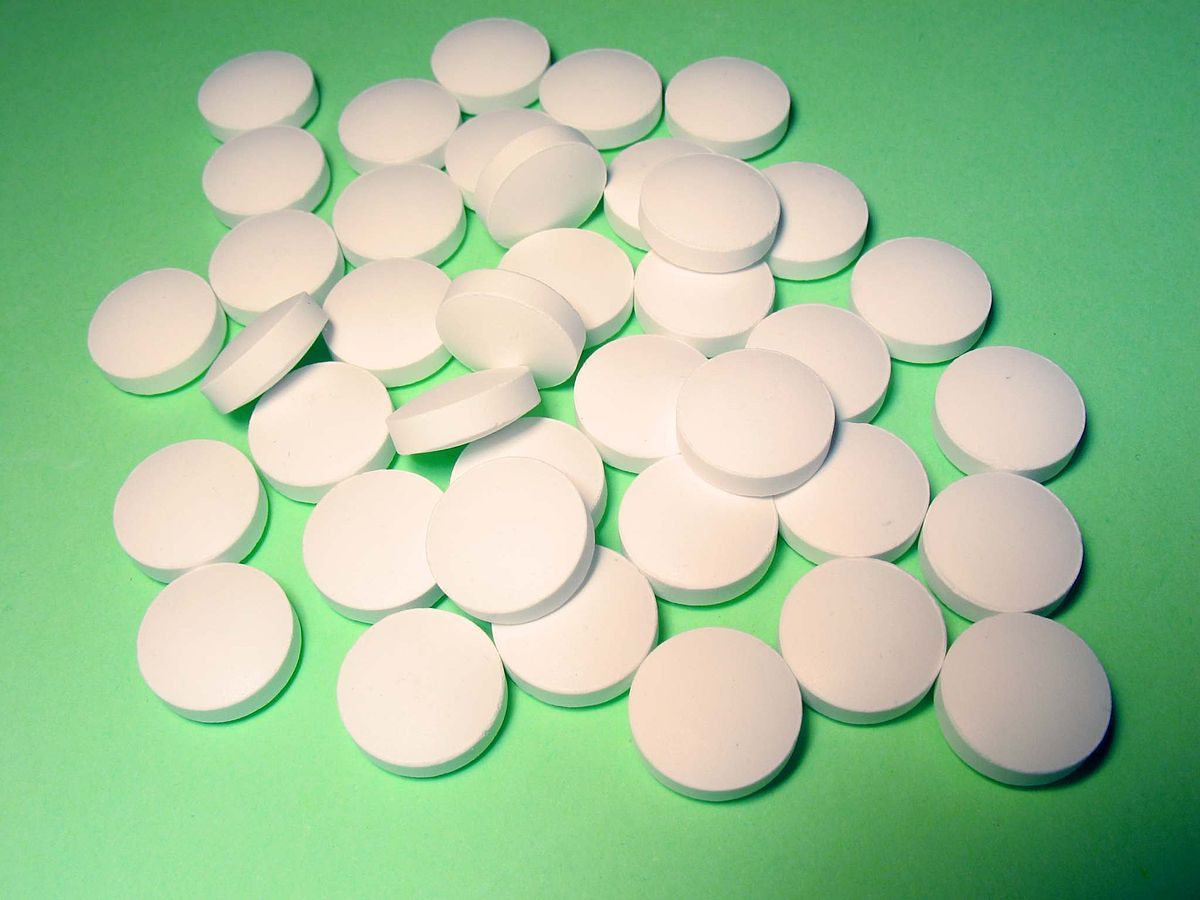The key finding in this research (they studied mice, but this process would also happen in humans) is that: the presence of microbes specifically blocks the immune cells responsible for triggering allergies. Once again we see the importance of a healthy and diverse microbiota (the community of microbes within us), and the need to nurture it from birth. Studies have shown the importance of the first year of life in establishing a healthy microbiome and the development of the immune system. A number of studies have shown that the presence of pets or animals (e.g., living on a farm) reduces the incidence of allergies in children.From Science Daily:
Role of microbiota in preventing allergies
The human body is inhabited by billions of symbiotic bacteria, carrying a diversity that is unique to each individual. The microbiota is involved in many mechanisms, including digestion, vitamin synthesis and host defense. It is well established that a loss of bacterial symbionts promotes the development of allergies. Scientists at the Institut Pasteur have succeeded in explaining this phenomenon, and demonstrate how the microbiota acts on the balance of the immune system: the presence of microbes specifically blocks the immune cells responsible for triggering allergies.
The hygiene hypothesis suggests a link between the decline in infectious diseases and the increase in allergic diseases in industrialized countries. Improvements in hygiene levels necessarily lead to reduced contact with microbes that is paralleled by an increased incidence in allergic and autoimmune diseases, such as type 1 diabetes.
Epidemiological studies have substantiated this hypothesis, by showing that children living in contact with farm animals -- and therefore with more microbial agents -- develop fewer allergies during their lifetime. Conversely, experimental studies have shown that administering antibiotics to mice within the first days of life results in a loss of microbiota, and subsequently, in an increased incidence in allergy.
However, until now, the biological mechanisms underlying this phenomenon remained unclear. In this study published in Science, the team led by Gérard Eberl (head of the Microenvironment and Immunity Unit at the Institut Pasteur) shows that, in mice, symbiotic intestinal microbes act on the immune system by blocking allergic reactions.
Several types of immune response can be generated in order to defend the organism. The presence of bacterial or fungal microbes provokes a response from immune cells known as type 3 cells. These immune cells coordinate the phagocytosis and killing of the microbes. However, in the case of infection by pathogenic agents that are too large to be handled by type 3 cells (such as parasitic worms and certain allergens), the cells that organize the elimination of the pathogen, but also allergic reactions, are known as type 2 cells.
In this study, scientists at the Institut Pasteur have shown that type 3 cells activated during a microbial aggression act directly on type 2 cells and block their activity. Type 2 cells are consequently unable to generate allergic immune responses. This work demonstrates that the microbiota indirectly regulates type 2 immune responses by inducing type 3 cells.
These results explain how an imbalance in microbiota triggers an exaggerated type 2 immune response normally used to fight large parasites, but that also leads to allergic responses....In terms of allergy treatment, a hitherto unexplored therapeutic approach consists therefore in stimulating type 3 cells by mimicking a microbial antigen in order to block allergy-causing type 2 cells.

 This new research suggests possible future treatments in treating urinary tract infections (UTIs) by manipulating the person's diet and so influencing gut microbes and urinary pH (how acidic is the urine). These possible future treatments are different than what others are looking for, which are bacteria (probiotics) that one can take to prevent or treat UTIs. (Earlier posts on treating UTIs are
This new research suggests possible future treatments in treating urinary tract infections (UTIs) by manipulating the person's diet and so influencing gut microbes and urinary pH (how acidic is the urine). These possible future treatments are different than what others are looking for, which are bacteria (probiotics) that one can take to prevent or treat UTIs. (Earlier posts on treating UTIs are 
 Deer tick
Deer tick  Lone Star Tick Credit:Wikipedia
Lone Star Tick Credit:Wikipedia New research shows that wearing contact lenses could significantly change the bacteria of the eye’s surface, making it more susceptible to infection. NYU Langone Medical Center researchers analyzed swabs from both contact-wearers and non-wearers to determine the number and type of bacterial species that lived on the surface of their eyes—the
New research shows that wearing contact lenses could significantly change the bacteria of the eye’s surface, making it more susceptible to infection. NYU Langone Medical Center researchers analyzed swabs from both contact-wearers and non-wearers to determine the number and type of bacterial species that lived on the surface of their eyes—the  My last post was about a recent Medscape article discussing whether
My last post was about a recent Medscape article discussing whether